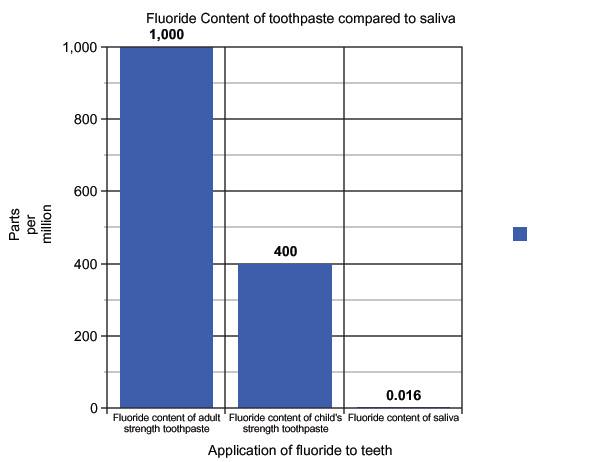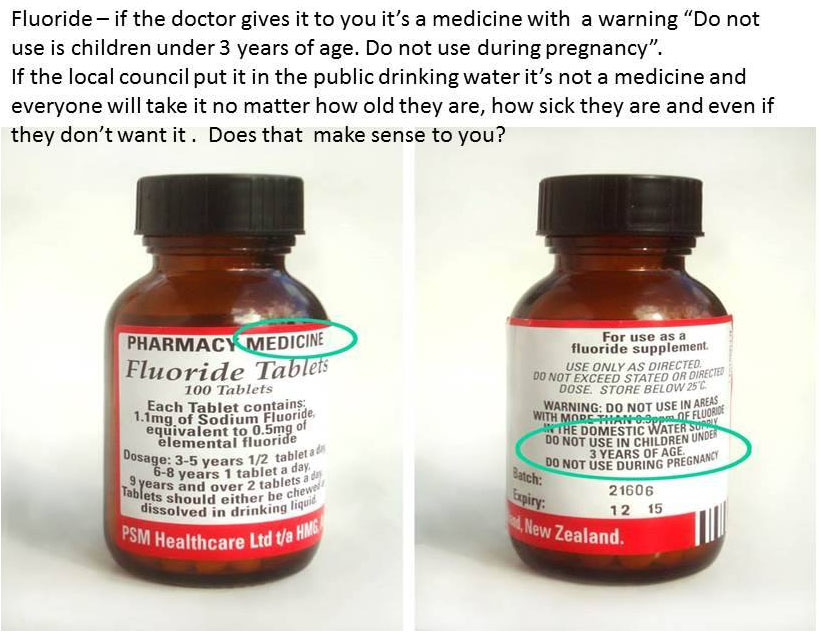The overwhelming body of scientific and statistical evidence does not support fluoridation.
Decay rates have been dropping all around the world in fluoridated and non-fluoridated countries at the same rate for many decades. Decay rates have dropped similarly in New Zealand in both the fluoridated and non-fluoridated areas. Decay rates have continued to drop in towns and cities when fluoridation is stopped.
Latest New Zealand research (2016) carried out by pro-fluoride dentists shows there is no difference in decay rates for the majority of New Zealand children regardless of fluoridation status. However, the Government continues to rely on the 2009 Oral Health Survey to base their claims of efficacy rather the latest study, or the studies prior to the survey. Surveys are not scientifically robust. The authors of the survey warn that the survey should not be used to draw conclusions on fluoridation as they did not know life time exposure as it was a snap-shot in time. See more on the 2009 Oral Health Survey here.








